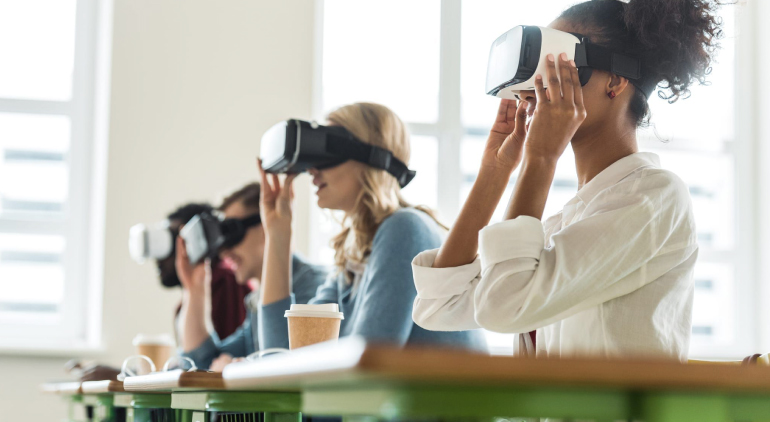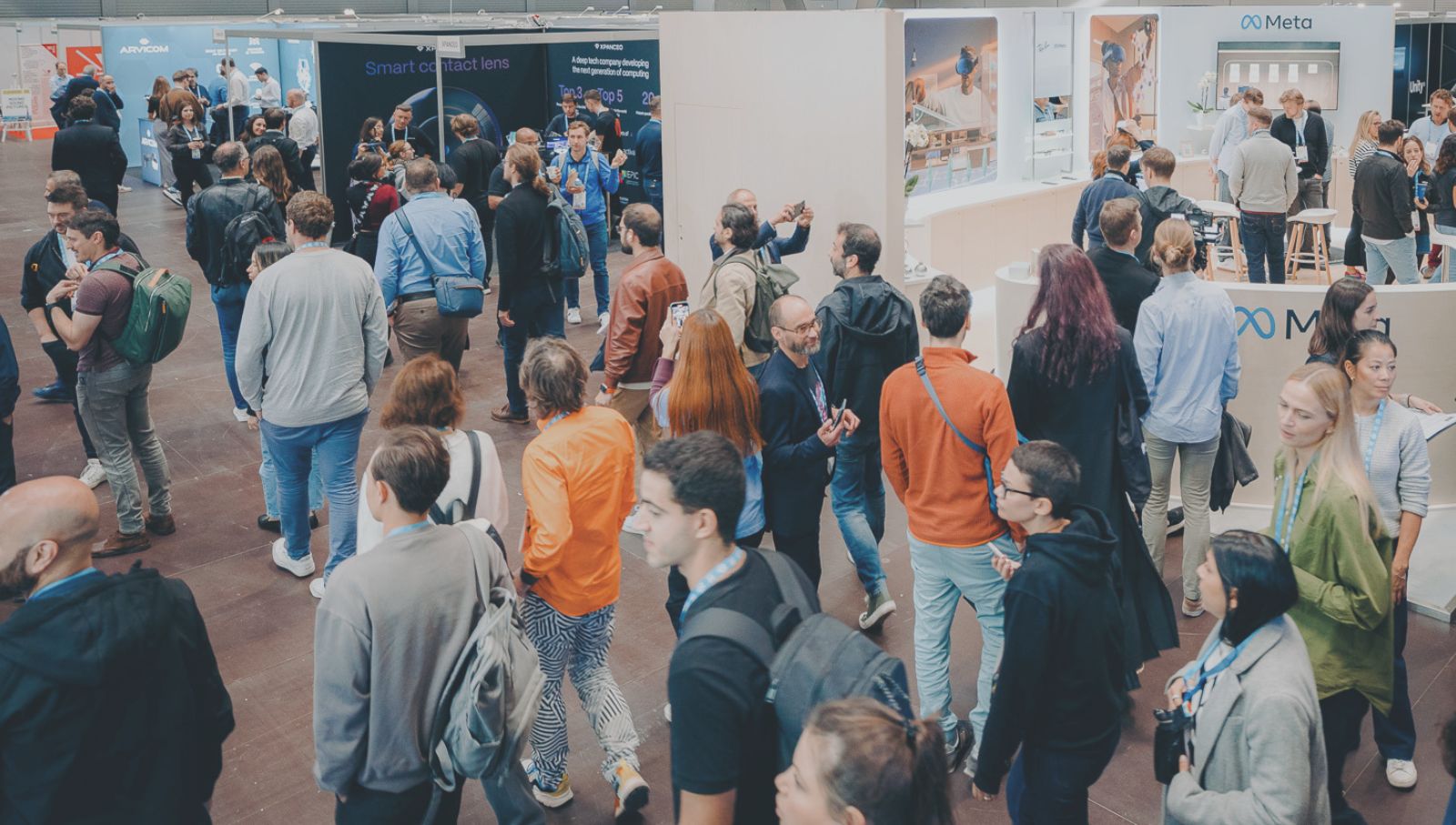Welcome to part four in our blog series that takes a look at some of the top trends across the XR industry and examines where Augmented, Virtual and Mixed Reality (AR/VR/MR – collectively referred to as XR) are currently being utilized, along with the benefits that these technologies offer various industries. In this post we will look at how XR is transforming education and training, and how this trend is almost certainly here to stay.
As a result of the COVID-19 pandemic, workforces have seen a change in the way they operate, and with a significant number of employees working remotely for the duration of the last couple of years, companies and employers have had to drastically re-evaluate how they educate new hires and keep existing staff up to date with necessary training.
XR has demonstrated its value in the field of remote workforce training, even highlighting that the old way of doing things was probably not that efficient anyway. Now, rather than having to organize a team onboarding day for an entire group of new employees, companies can instead simply mail out a VR headset to new staff, enabling them to conduct onboarding sessions from home. Then, once training has been completed, it is straightforward enough for employees to return headsets (using return shipping labels provided with the initial package), so that devices are promptly returned for use by the next new hire.
Virtual Reality solutions offer a great substitute for in-person training, as VR is still able to provide a profound sense of presence. With many people suffering from “Zoom fatigue”, VR is a welcome replacement to 2D video calls, as users can jump into an immersive space and feel as if they are interacting face to face with their co-workers. Plus, VR provides a much more memorable experience than 2D alternatives. Instead of watching a video on how to perform a task, in VR users can just… well… perform the task.
This is particularly beneficial when it comes to training for high risk jobs. Virtual Reality learning provides a safe environment in which trainees can gain a solid understanding of the procedures involved in task completion, whilst also removing any of the real-world risks that may be involved with in-person training. For example, training for the use of heavy machinery or power tools, or training that covers the correct entry procedures for conducting repairs at electrical substations. All these tasks come with an inherently higher risk of harm due to the nature of the work being conducted, so having a solution that still provides a deep level of immersion to enhance learning, whilst simultaneously removing any of the potentially life threatening risks involved is priceless. Companies such as Pixo VR are starting to open up Virtual Reality training to businesses and organizations by offering VR content libraries aimed at making workplaces safer, and this is where VR is changing the game when it comes to hands-on training.
The same benefits also apply when it comes to Augmented and Mixed Reality solutions, which are capable of overlaying work instructions on top of the physical world. This opens up a whole new approach to education, wherein new workers can be shown how to correctly interact with physical objects that are in front of them whilst simultaneously receiving digital guidance instructions displayed in their field of view via a pair of AR smart glasses or MR headset. Instructions can cover anything from aircraft or vehicle maintenance to how to repair a faulty part on a piece of critical infrastructure machinery.
 Platforms such as PTC's Vuforia enterprise AR suite are able to provide employees with AR work instructions.
Platforms such as PTC's Vuforia enterprise AR suite are able to provide employees with AR work instructions.
Companies such as Mercedes-Benz have implemented Augmented Reality solutions in order to connect their experts to staff out in the field via live video calls using platforms such as Microsoft Teams. This sort of remote collaboration solution helps to settle any issues that dealers are not able to resolve by enabling engineering and support teams to communicate with field technicians and relay real-time instructions. In addition to using AR for remote collaboration, the company has also utilized the technology for remote training purposes, wherein service center staff can be trained on any new maintenance processes and procedures.
Not only is XR improving employee training options for businesses, but it is also greatly enhancing student learning. Once again, driven by physical distancing measures over the last few years due to the pandemic, schools and educational institutions have had to radically rethink the way in which they deliver their content and classes. Whilst 2D video conferencing platforms have partly helped to fill this need, they cannot replace the sense of being in a classroom with fellow students and watching a teacher demonstrate and explain complex topics in-person. Many educators have therefore turned to Virtual Reality to ensure that students remain engaged and immersed in learning experiences. VR also offers several benefits to students, including the fact that it helps with knowledge retention and can be more effective in recall accuracy when compared with traditional desktop computer-based training, with studies showing that VR can be up to 10% more effective for recall.
The use case for educational VR has certainly been proven, and institutions are now looking for companies to build entire virtual campuses for them, so that students can learn from the comfort of their own home whilst still getting part of a campus-style learning experience in the Metaverse.
AWE USA 2022’s “Collaboration, Training & Education” track will be showcasing many of the ways in which businesses and educational institutions are deploying XR for training, education and meetings in order to aid employees and students. The list of benefits that XR solutions offer learners is constantly growing, and some of the best talks from this year’s AWE conference that will cover the latest case studies demonstrating this include:
- Smart Ways To Die - Learning in Virtual Reality
- Classroom Learning with AR
- Hiring for Survival: How to Build Strategic XR Talent Pipelines
- Metaversities: Higher Education of the Future Here and Now
- Scaling Enterprise VR Training: Overcoming the Challenges to Scale
Don’t miss the world’s leading AR/VR conference, taking place June 1-3 in Santa Clara, California.



